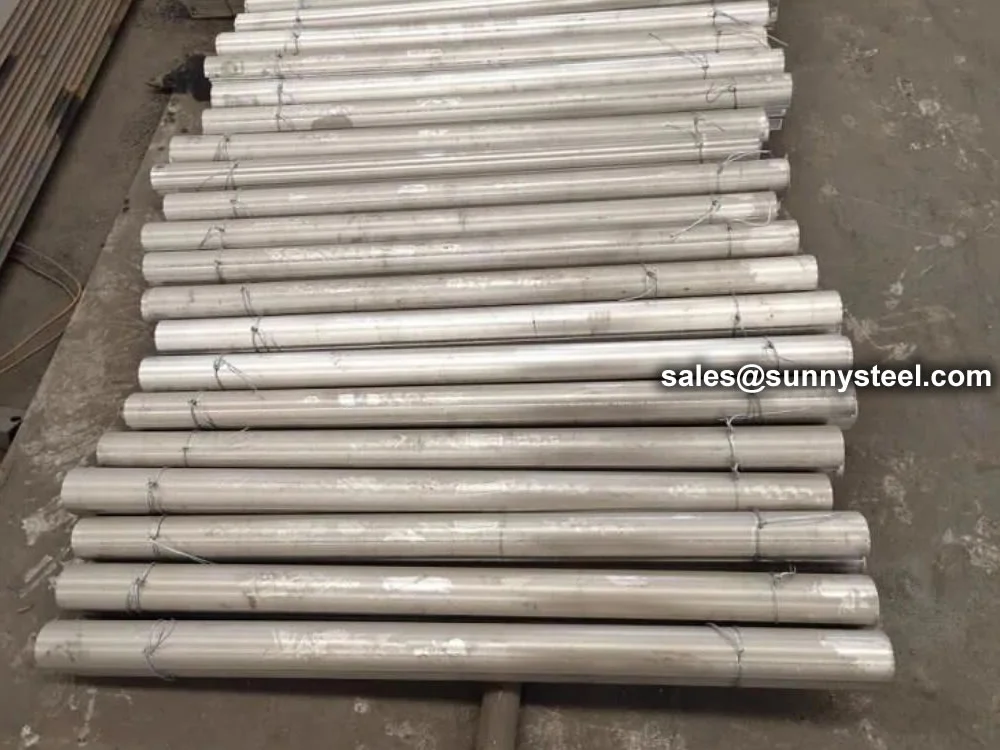
Anti-corrosion And Anti-abrasion Tube Shields Made Of 316l Stainless Steel, Engineered For Demanding Steam And Chemical Environments.
316l stainless erosion shields protect boiler tubes from corrosive and abrasive damage, offering long-term performance in high-moisture or acidic flue gas systems.
Anti-corrosion And Anti-abrasion Tube Shields Made Of 316l Stainless Steel, Engineered For Demanding Steam And Chemical Environments.
316l stainless erosion shields protect boiler tubes from corrosive and abrasive damage, offering long-term performance in high-moisture or acidic flue gas systems.
316L anti-corrosion and anti-wear steel erosion shields are precision-engineered protective sleeves designed to extend the service life of boiler tubes and process piping exposed to high moisture, acidic flue gases, and abrasive particles. Manufactured from 316L stainless steel, these shields deliver exceptional resistance to pitting, crevice corrosion, and chemical attack, particularly in chloride-rich or acidic environments.
316L is a low-carbon, molybdenum-bearing austenitic stainless steel alloy, which enhances:
These erosion shields are typically installed on superheater tubes, economizer sections, and moisture-prone zones of waste-to-energy, biomass, or chemical recovery boilers, where the risk of under-deposit corrosion and localized erosion is high.
316/316L stainless steel is widely used in chloride and chemical process environments due to its enhanced resistance to corrosion and pitting, attributed to its molybdenum content. These alloys offer excellent mechanical and corrosion-resistant properties across a range of temperatures and environments, making them essential in chemical processing, marine, and high-temperature industrial applications.
Low carbon version of 316, offering superior resistance to intergranular corrosion after welding. Commonly used in marine and chloride-rich environments. Excellent weldability without post-weld annealing.
High carbon content variant suitable for elevated temperature service. Offers greater short and long-term creep strength. Commonly used in high-stress boiler or furnace applications.
Standard molybdenum-bearing austenitic stainless steel. Excellent resistance to chlorides and moderate acids. Widely used across various chemical and process industries.
| Grade | 316 | 316L |
|---|---|---|
| UNS | S31600 | S31603 |
| Carbon (C) Max. | 0.08 | 0.030 |
| Manganese (Mn) Max. | 2.00 | 2.00 |
| Phosphorus (P) Max. | 0.045 | 0.045 |
| Sulfur (S) Max. | 0.030 | 0.030 |
| Silicon (Si) Max. | 1.00 | 1.00 |
| Chromium (Cr) | 16.0–18.0 | 16.0–18.0 |
| Nickel (Ni) | 10.0–14.0 | 10.0–14.0 |
| Molybdenum (Mo) | 2.0–3.0 | 2.0–3.0 |
| Iron (Fe) | Balance | |
Chemical composition details for 316 and 316L stainless steels used in corrosion-resistant applications.
| Material | Form | Tensile Strength (ksi) | Yield Strength (ksi) | Elongation (%) | Hardness (HB) |
|---|---|---|---|---|---|
| Alloy 316L | Sheet AMS 5507 | 100 max | - | 45 | - |
| Alloy 316 | Sheet AMS 5524 | 75 min | 30 | 45 | 207 max |
Typical mechanical properties for 316 and 316L stainless steel sheets used in industrial applications.
| Electrical Resistivity | Magnetic Permeability |
|---|---|
| 7.2e-005 ohm-cm | 1.008 |
| 1.16e-004 at 650°C | RT |
Electrical resistivity and magnetic permeability values at room and elevated temperatures.
| Alloy | UNS | Tensile (MPa) | Yield (MPa) | Elongation (%) | Hardness |
|---|---|---|---|---|---|
| 316 | S31600 | 515 | 205 | 35 | 90 Rb |
| 316L | S31603 | 485 | 170 | - | 90 Rb |
Physical and mechanical properties comparison for 316 and 316L stainless steels.
316L is preferred when welding thick sections is necessary and when resistance to intergranular corrosion is critical. 316H is used for elevated temperature pressure services.
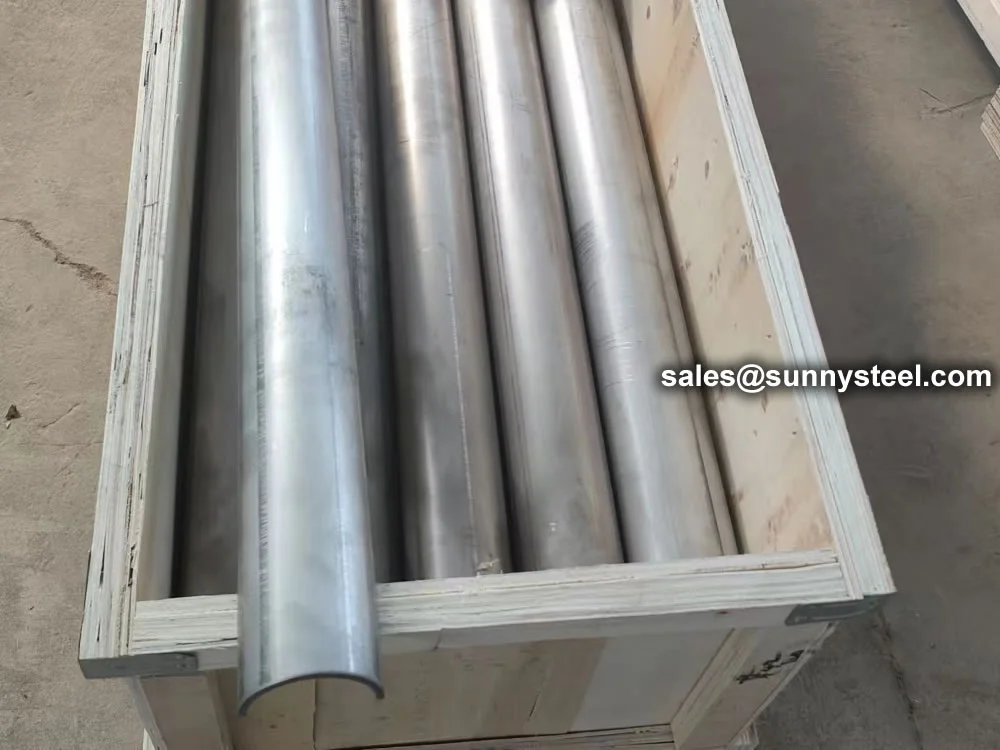
Ss 309 shields protect boiler tubes from erosion a...
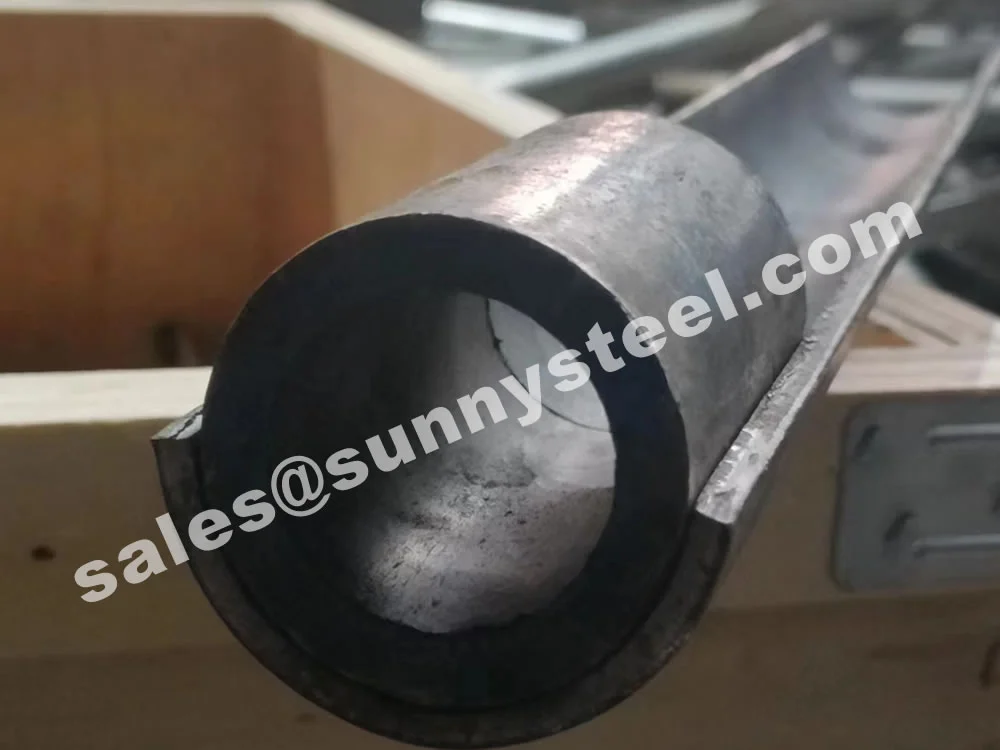
Q235 tube shields offer reliable and economical er...
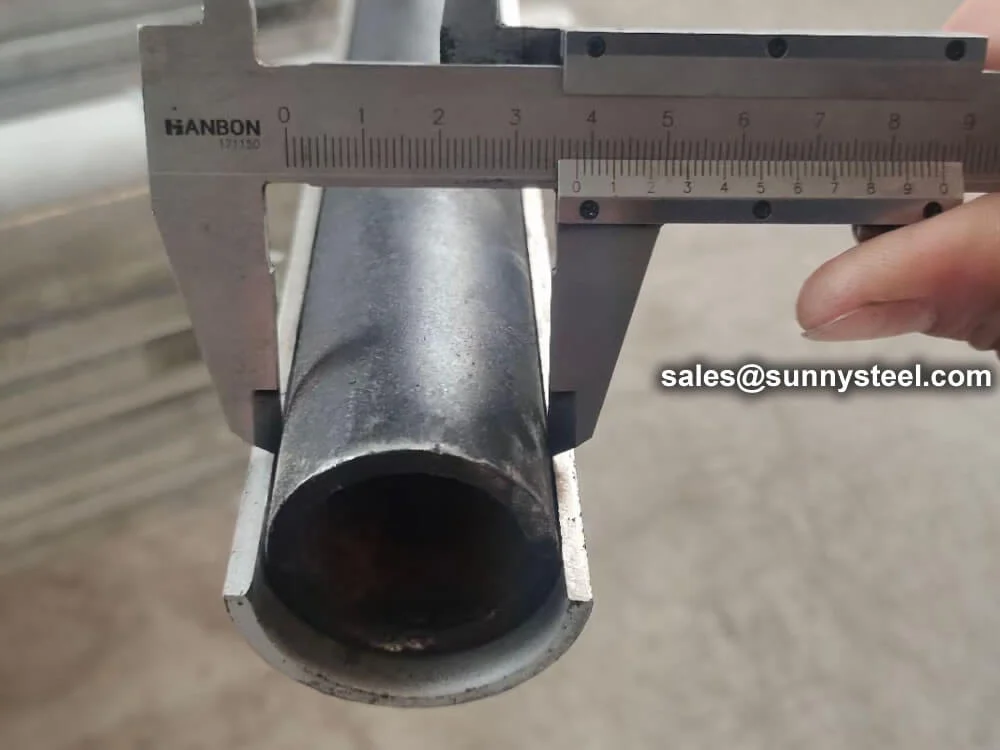
1cr18ni9ti tube shields offer excellent resistance...
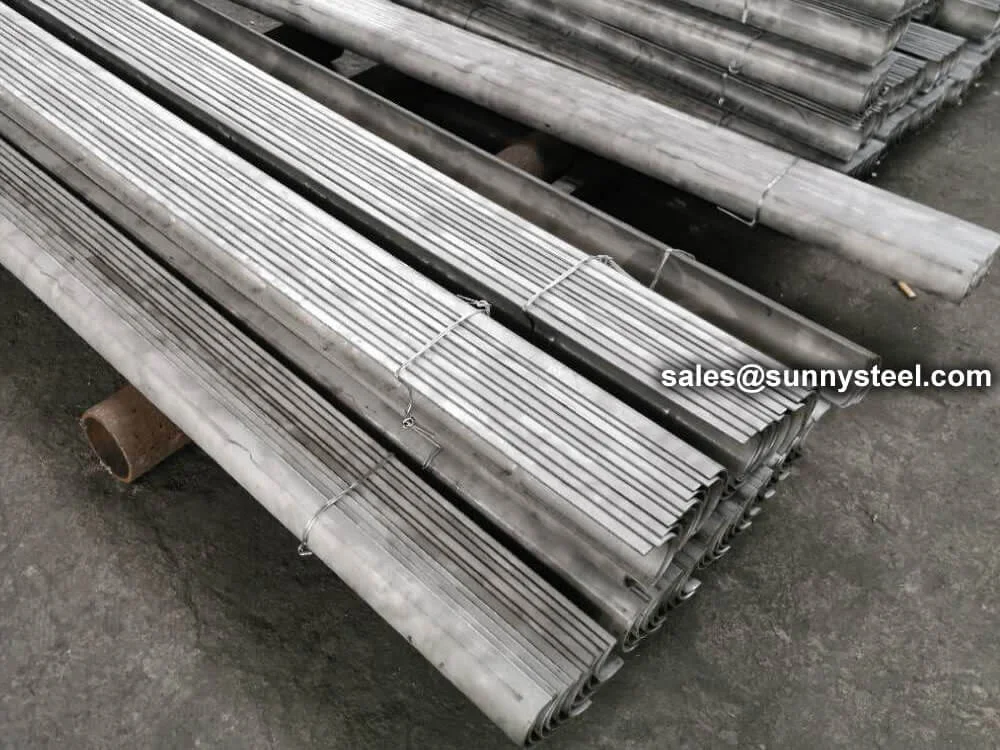
316 stainless steel tube shields protect boiler tu...
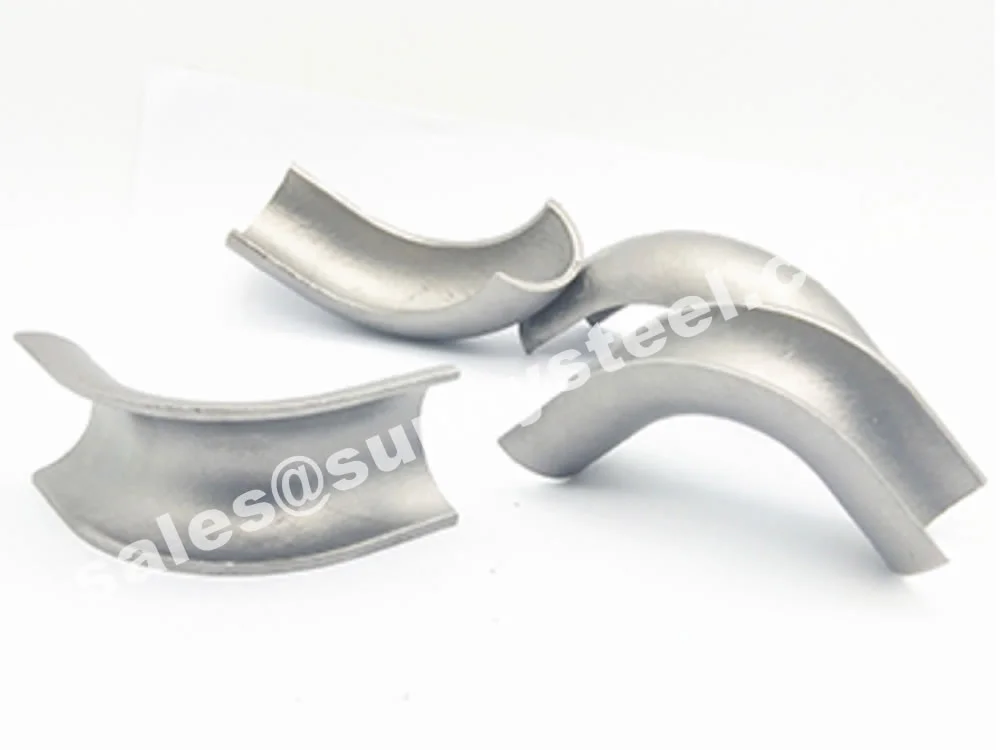
Premium 316l stainless steel tube shields provide ...